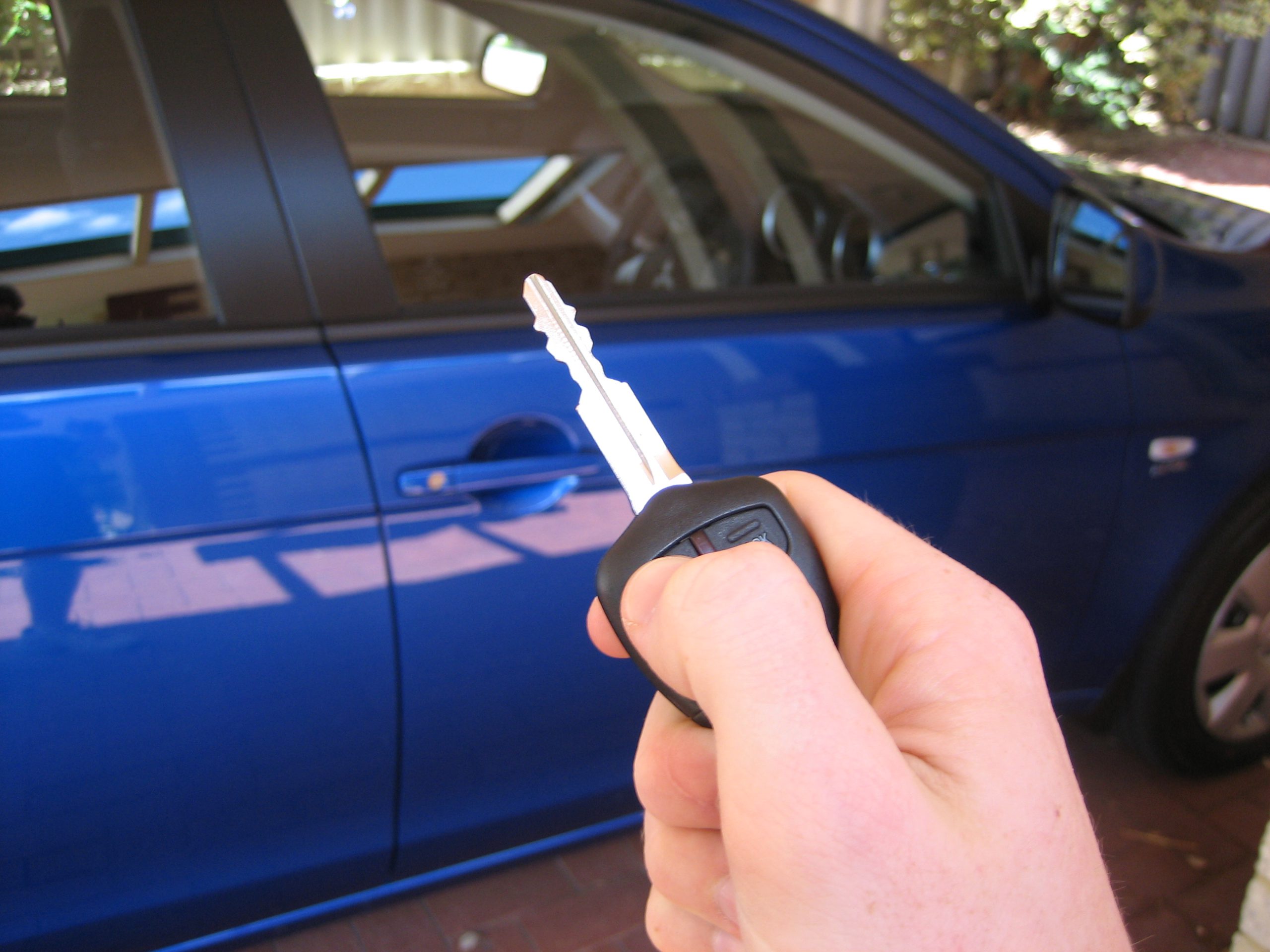Your car door locks have a busy life. Despite their fragile nature, they are very reliable and you are going to use them tens of thousands of times over the life of your car. Nowadays, automotive door locks come equipped with more advanced security features that work to protect you and your belongings from potential car burglars. In addition, they work as an important safety feature to prevent children from opening the door and falling out into the road through it while the vehicle is moving. Just like that everything mechanical on a car eventually breaks, while automotive door locks are designed to last some time, they are subject to wear and tear, become ailing and break down in the end.
Car door locks are susceptible to various problems such as rusting and jamming caused by debris along with moisture, sweat and contaminants found in the surrounding air. Many people find themselves stranded with the aggravation of a sticking door lock for years. And some of them start to hear squeaks and groans whenever their door locks are unlocked. Ironically, by cleaning and oiling them, you can fix most locks in a matter of minutes.
In order to clean the car door lock or to lubricate it, you need to access the interior of the locking interface that is a bit tedious.
Cleaning the car door lock, before lubricating it, is critical, because the lubricating agent could impact the debris deep within the lock. For cleaning, you can simply complete this work by wrapping a dry cloth then one poured with a few drops of rust-removing solvent around the tip of a small screwdriver and Insert it within the car door lock and move it in a circular manner. For lubricating, first of all, we want to give you some information about lubricants. White lithium grease is good for metal-to-metal joints like hinges and latches, as such surfaces need a clinging grease to repel water and hold up under harsh conditions. WD-40 is for light-duty lubrication and freeing up sticking or partially rusted hinges and latches. Silicone spray is great for lubricating nylon, plastic and metal when only a thin layer of lubricant is necessary. And because silicone dries, it won’t get clothing greasy. Graphite lubricant is the right choice for locks—it won’t attract dirt to fine lock mechanisms like oil would. The lubricating process is also easy. Add graphite to door locks, move the lock cylinder with your key several times to work the graphite into the mechanism. If these simple cleaning and lubricating don’t free the lock, disassemble, clean and lubricating, and reassemble the entire door lock to eliminate the aggravation altogether. We’ll give you several steps for you to follow. First, with the door open, unscrew the two connecting screws that are located by the doorknob on the inside of the lock and the two holding the lock faceplate on the edge of the door. Second, slide the doorknob off the spindle, pull out the lock mechanism, and remove the latch bolt. Third, spray a silicone lubricant on all moving parts of the lock, flushing out the latch bolt then use powdered graphite to lubricate the lock cylinder. After these procedures, install your door lock back on.

Guides on automotive door lock maintenance
by
Tags:
